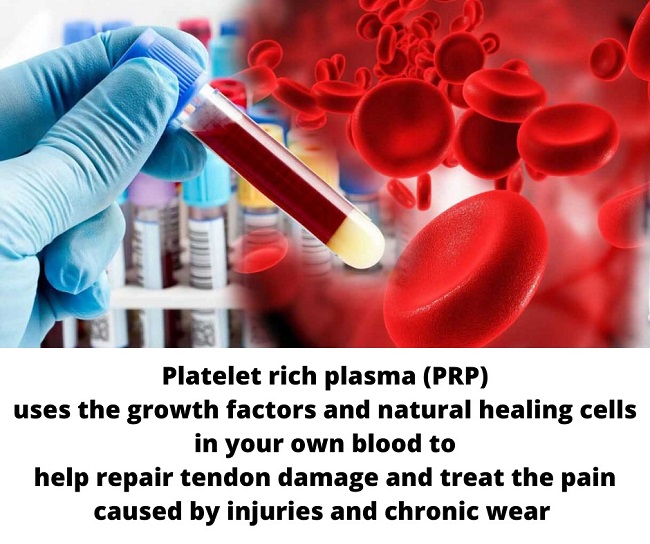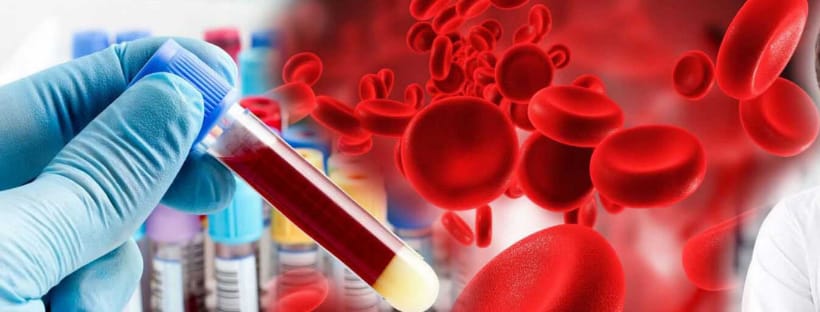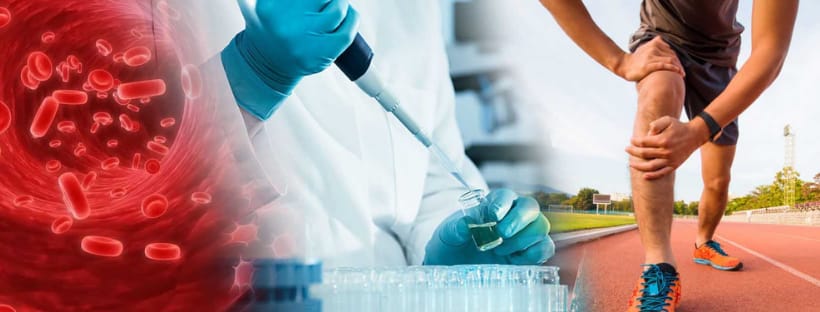

How long do PRP injections last?
Many people also wonder how long PRP injections last. There have been studies done to suggest that PRP injections can be effective for 6-9 months. However, the range of time that a PRP treatment is effective is dependent on several factors
How painful is a PRP injection?
Generally speaking PRP injections are not painful; however, the discomfort level depends on the part of the body being treated. Injections into the joint are of minimal discomfort.
What is PRP treatment good for?
What Can Platelet-Rich Plasma Treat? PRP injections are used to treat torn tendons, tendinitis, muscle injuries, arthritis-related pain, and joint injuries.
What is the success rate of PRP injections?
A PRP injection is generally recommended in the treatment of tendon or muscle injuries with a success rate of about 70% to 80%. Four to six weeks may be required for complete healing.
How many times can you have PRP injections?
How often should PRP injections be given? Up to three PRP injections may be given within a six-month time frame, usually performed two to three weeks apart. You may, however, gain considerable to complete relief after the first or second injection.
How soon can I walk after PRP injection?
The First Two Weeks
The first week after receiving a PRP injection, you should rest and forgo exercise. At this stage, the platelets are just beginning to attach properly. If you work out or stretch too much, the platelets may not attach, rendering the injections useless. You should not exercise at this time.
What should I avoid after PRP?
Avoid applying ice or heat to the injection site for the first 72 hours post-procedure. Don’t take a hot bath or go to a sauna for the first few days post-procedure. Avoid consumption of any alcoholic beverages for 2 days post-procedure. Avoid baths for the first 24 hours following your procedure. Avoid using anti-inflammatory medication up to 6 months.
What Are the Side-Effects of Platelet-Rich Plasma Therapy?
What Are the Side-Effects of Platelet-Rich Plasma Therapy?
Tennis Elbow
Lateral epicondylitis, also known as “Tennis Elbow,” has been known to be effectively treated by PRP. This condition occurs when tendons in the forearm are inflamed due to overuse and stress. Because these tendons receive little blood, they are especially slow to heal, according to Center of Orthopedic& Sports Medicine. PRP injections address the pain of tennis elbow and initiate healing.
Knee Injuries
Since the early 2000’s, medical professionals have been researching how PRP can improve knee injuries and conditions such as osteoporosis. This common knee condition will affect nearly half of Americans within their lifetimes. According to Arthritis Health, knees treated with one or two PRP injections saw a reduction in pain and stiffness as well as improvement in knee function at six weeks and three months. PRP has also helped reduce pain with ACL and MCL knee tears.
Jumper’s Heel
Heel pain can be a result of deterioration of the plantar fascia, which occurs as a result of repetitive stress to the foot. This common sports injury can be treated with PRP. According to Podiatry Today, 80 percent of patients with plantar fasciosis improve to the point of having minimal to no pain following two consecutive PRP injections spaced one month apart.


